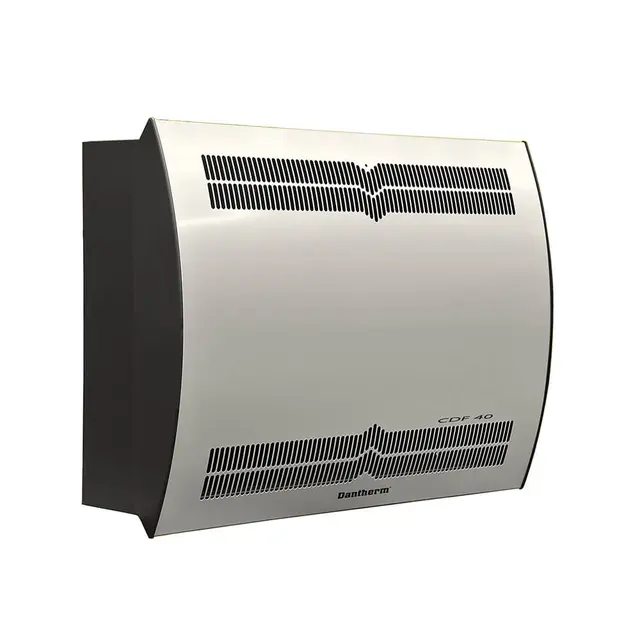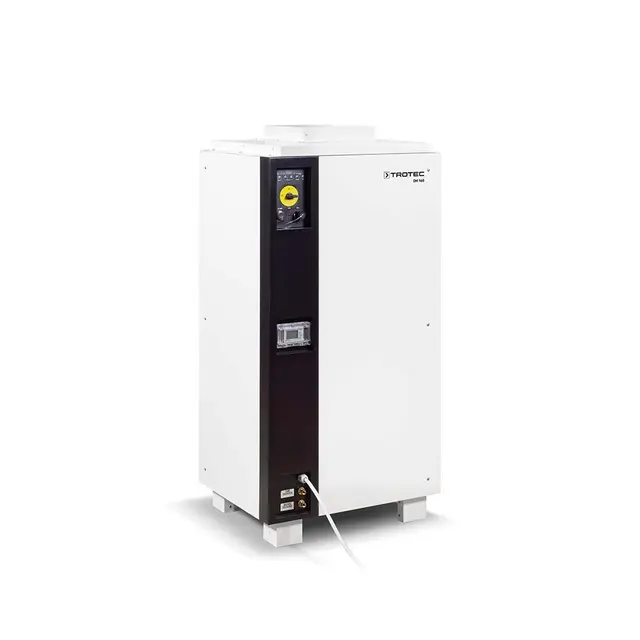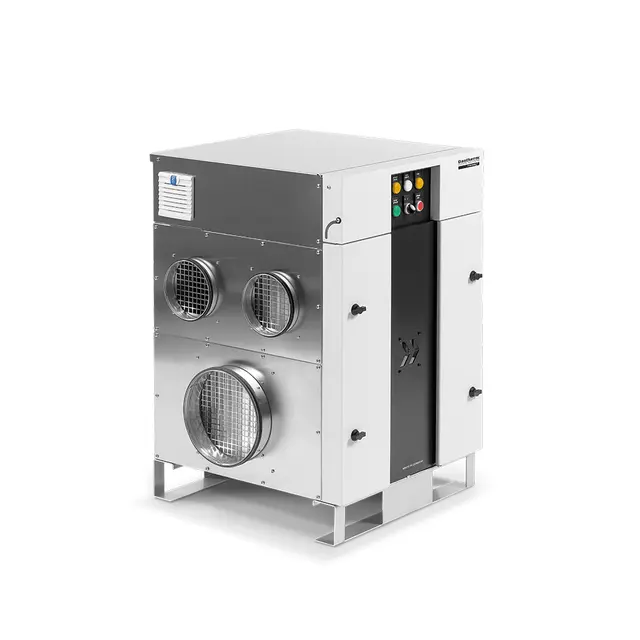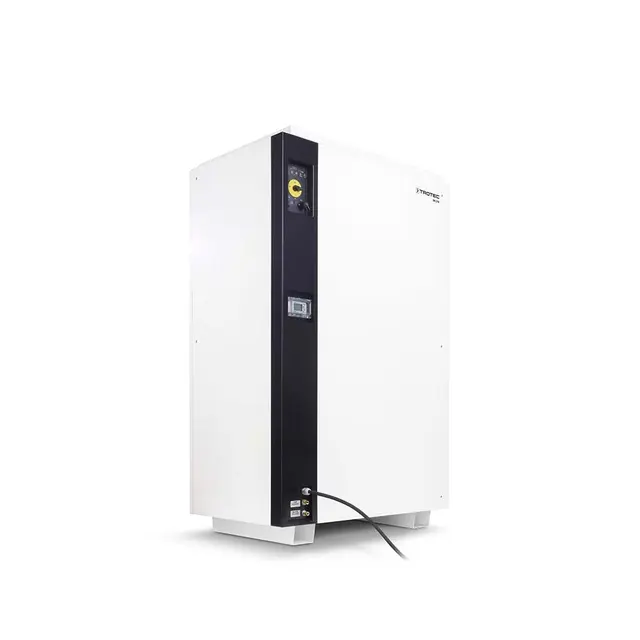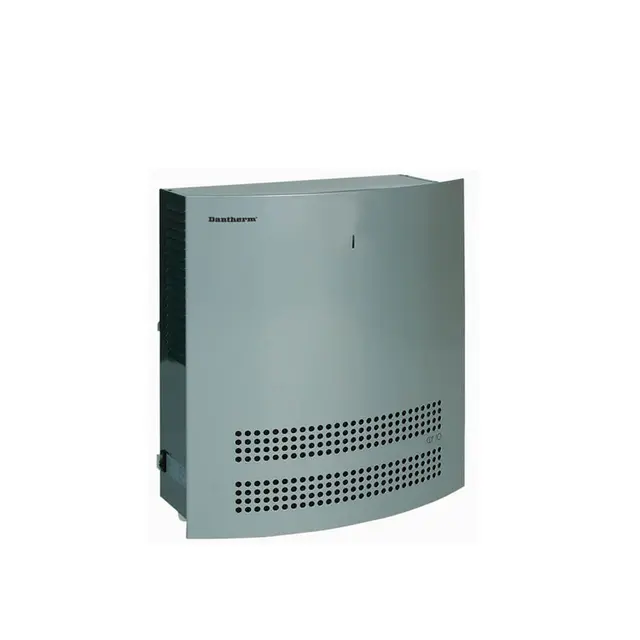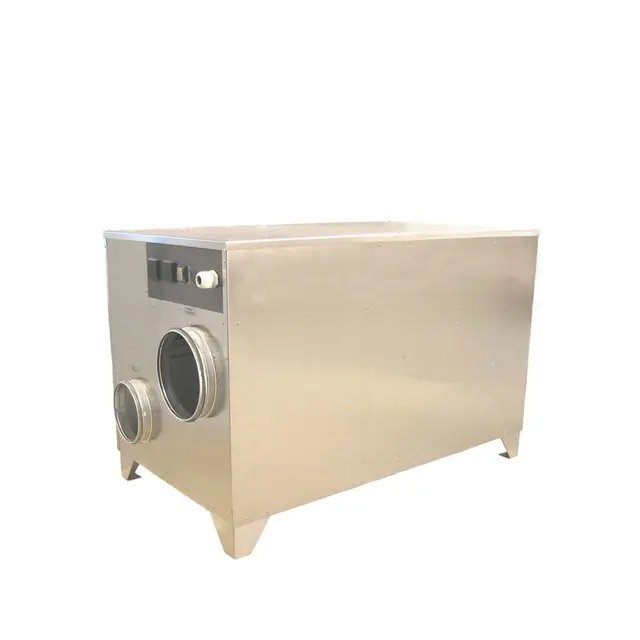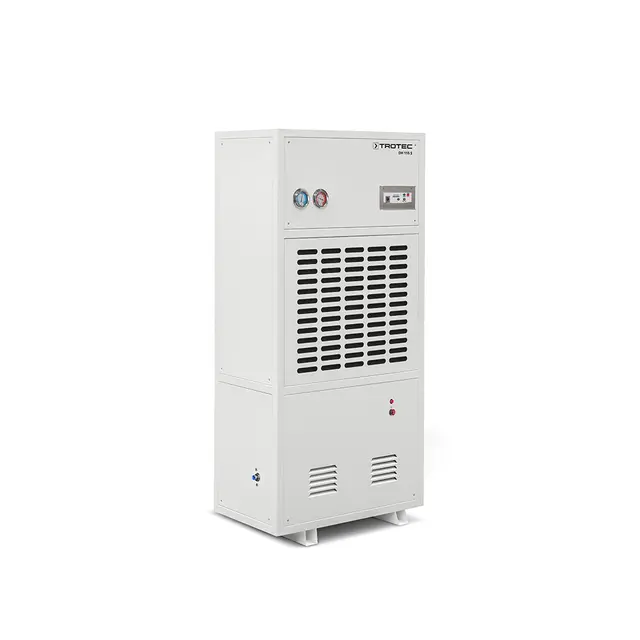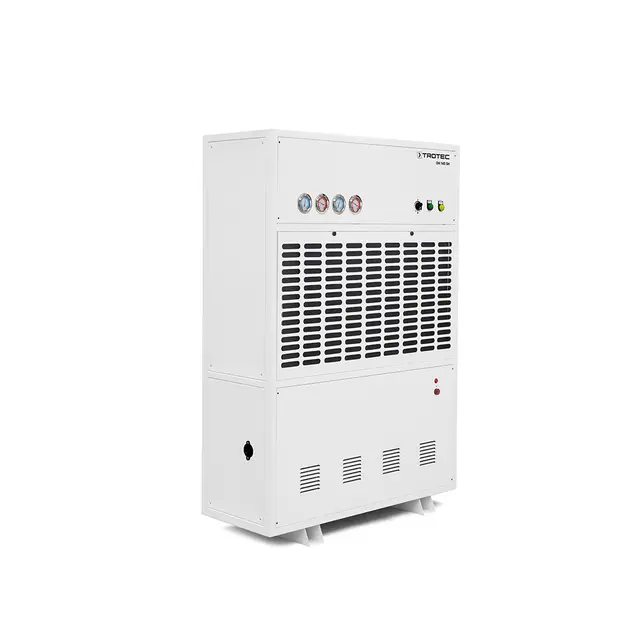Combating the dangers of humidity in museums and galleries

- Home
- Insights
- Humidity control and drying insights
- Combating the dangers of humidity in museums and galleries
The effort that goes into preserving historical artefacts, priceless artworks and other unique collections is monumental. Especially in spaces open to the public, such as museums and galleries. However, this care and attention to detail can all be undone when the conditions inside a building are not maintained at optimum levels.
The effort that goes into preserving historical artefacts, priceless artworks and other unique collections is monumental. Especially in spaces open to the public, such as museums and galleries. However, this care and attention to detail can all be undone when the conditions inside a building are not maintained at optimum levels.
Whether they are in storage or on display, these treasured items are always at risk from fluctuating humidity levels. And, unsurprisingly, repairing any damage is usually expensive and complicated, or simply not possible at all.
How humidity is affecting your collection
Museums and galleries house items made from a huge variety of materials that all react in their own way to their environment.
In a dry atmosphere, some items will become brittle and less able to replenish their optimum moisture levels. Conversely, when there is too much moisture in the air, mould and mildew is likely to form, especially on natural materials such as leather.
The key to protecting your collections from humidity damage is to maintain a consistent relative humidity (RH) level throughout your building.
However, many larger museums and galleries will need to implement dehumidification systems that create microclimates in certain areas of their building to optimise the conditions for the items displayed there. The infographic below shows the optimum RH% and temperature for some of the most common materials found in museums and galleries.
MATERIALS | RH% | T (°C) |
| Iron armours, weapons | <40 | 19 – 24 |
Bronze | <45 | 19 – 24 |
| Ivories, bones | 45 – 60 | 19 – 24 |
Paper, papier-mache | 50 – 60 | 19 – 24 |
| Anatomical collections | 40 – 60 | 19 – 24 |
| Mineralogical collections, marble, stone | 45 – 60 | <30 |
| Cowhide, leather, parchment | 50 – 60 | 19 – 24 |
| Albums, magnetic tapes | 40 – 60 | 10 – 24 |
| Herbariums, botanical collections | 40 – 60 | 19 – 24 |
| Video tapes | 30 – 50 | -5 – 15 |
| Photographs | 20 – 30 | 02 – 20 |
| Insects and entomological collections | 40 – 60 | 19 – 24 |
| Oriental lacquers | 50 – 60 | 19 – 24 |
| Wood | 40 – 65 | 19 – 24 |
| Printed wood, polychrome | 45 – 65 | 19 – 24 |
| Paint on canvas | 45 – 60 | 19 – 24 |
| Paint on wood | 5 – 60 | 19 – 24 |
| Books, manuscripts | 45 – 55 | 19 – 24 |
If you are interested in art gallery or museum climate control solutions we manufacture a range of commercial grade dehumidifiers specifically for applications such as museum and gallery humidity control.
Contact the team at Dantherm Group for further information and advice.
Related products
Featured insights
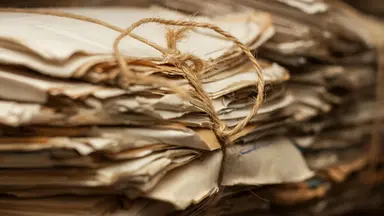
Why unregulated humidity creates big problems for paper

Discover how to overcome the humidity challenges of preserving your artefacts
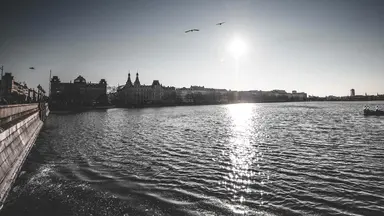
Discover how we helped protect a 19th-century property in the heart of Copenhagen from the threat of groundwater for years to come.
Need help with choosing the right solution? Our team of over 100 climate control experts can assist.
You can also reach out or join the discussion on our Social Media. Check out our LinkedIn page.
